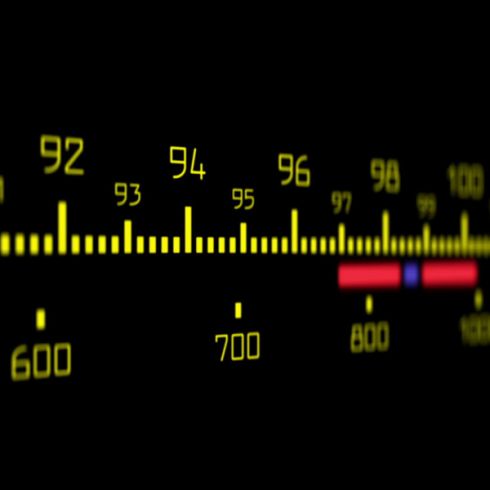
MUMBAI: The pre-bid conference for e-auction of the first batch of private FM Radio (Phase-III) channels was held on 28 January, and was attended by existing and potential players. During the conference, there were concerns raised on the 15 per cent cap, for which the Information and Broadcasting Ministry requested attendees to give their concerns in writing within two days from the date of conference.
E-auctioneers ‘C-1 India Private Limited' informed attendees of the e-auction process. The conference was an opportunity for many players to address various issues concerning the e-auctions, as it is the first time radio players will be going through e-auction. The conference was also attended by AROI (Association of Radio Operators for India), PIB team and Independent External Monitor.
The I&B Ministry used the auction as an opportunity to confirm the roll-out of partial auctions at the earliest.
According to the information memorandum by the ministry, Para 8 – "No entity shall hold permission for more than 15 per cent of all channels allotted in the country excluding channels located in Jammu and Kashmir, North Eastern States and island territories." This is a major problem for radio players like Big FM and Red FM, who already have 45 stations and 50 stations, respectively. This means that both networks will not be able to aggressively bid for stations. One radio player said, "We were aware of the issue. Players like Radio City and Radio Mirchi, do not face any issue. It is players like Red and Big FM who suddenly raised concern over the issue."
Commenting on the situation, Red FM COO Nisha Narayanan said, "It affects all big players and us specifically. Ideally we would have liked to go into more cities but this restricts us to go into few cities only. As a natural corollary the likelihood gets skewed towards metros and mini metros and the C and D categories will be left out. The other option is to surrender some existing stations and bid for more cities, which again does not help the growth of radio."
Meanwhile, yet another player affected by this issue is Big FM, who is not willing to issue a statement.
Sources said that the concerns of 15 per cent cap shows the aggression with which the existing players are expecting to expand. Meanwhile, players like Radio City and Radio Mirchi can expand aggressively. One of the leading radio stations that has maintained a good position in metro cities, and has around 20 stations across the country will add around 20-25 stations. Sources said, "In partial auctions, the station is targeting metro stations which help them consolidate their position."
Indigo (who has two stations, one each in Bangalore and Goa), is chalking out plans to expand to more metro cities during the partial auctions, stated sources from Indigo. However, yet another radio player with two stations - Radio Choklate based in Odisha, has plans to expand aggressively in the state. But they cannot expand as they would like to, due to the expansion policy that states, "Every applicant shall be allowed to run not more than 40 per cent of the total channels in a city subject to a minimum of three different operators in the city and further subject to the provisions contained in para 8 (part of it given above). However in case the 40 per cent figure is a decimal, it will be rounded off to the nearest lowest whole number i.e., by applying Round Down logic."
Commenting on Radio Choklate's expansion plan, the executive director of the network, Tanaya Patnaik said, "We plan to expand in a few more cities and take in the other category as well which would ensure a pan Odisha presence. The cities we are looking at are Berhampur, Balasur, Puri and Sambalpur." The network is not planning to venture outside the state, during the partial auctions.
During the conference, the radio players also expressed their concern over frequency preference. Commenting on the matter Narayanan said, "All existing players would like the existing frequencies to be there in the new cities since they have all built a brand around it. Moreover they are widely recognised in the listeners mind over the last 10 years. Networking, brand / marketing campaigns, content syndication etc become a lot easier with single frequency network."
Along with the big and existing players, there were more than five potential players who attended the conference. One of the attendees informed Radioandmusic.com that "the players that attended were small, local players who are not from any national media organisations."